Down Syndrome Nondisjunction Meiosis 1 Or 2
Down syndrome nondisjunction meiosis 1 or 2. Other mutations are caused by errors made during mitosis and meiosis. Mutations during cell division can lead to replication errors which can result in the deletion of genes translocation of portions of chromosomes missing chromosomes and. Once these gametes are fertilized aneuploidy individuals may result in several syndromes such as Downs syndrome Klinefelter syndrome Turners.
And people with Klinefelter syndrome are genetically male but. She will be advised that she is at a greater risk of having a baby with Down syndrome. This is known as meiotic nondisjunction.
Leads to genetic variation- explains why we all look different. In humans there are about 2 to 3 crossovers per chromosome and different crossovers occur in each meiotic division so there is the potential to produce an enormous number of unique gametes. This is called a trisomy.
For example Down syndrome occurs as a result of having an extra copy of chromosome 21. In a nondisjunction the genetic material is improperly separated. Down syndrome accounts for about one third of all moderate and severe mental handicaps in school-aged children.
Instead the condition became called Downs syndrome In the 1970s an American revision of scientific terms changed it simply to Down syndrome while it still is called Downs in the UK and some places in Europe. The failure of homologous chromosomes to separate during the anaphase 1 of meiosis results in gametes with greater or lesser number of chromosomes. It produces an egg cell with an extra copy of chromosome 21.
In meiosis paired homologs align down the center of the cell during A. While meiosis certainly evolved from mitosis itself the former had acquired few novel steps that are distinct from the latter. In the first part of the twentieth century there was much speculation of the cause of Down syndrome.
Down syndrome occurs as a result of maternal nondisjunction during meiosis I. Pairing of the homologous chromosomes.
In a nondisjunction the genetic material is improperly separated.
Trisomy occurs in at least 03 of newborns and in nearly 25 of spontaneous abortionsIt is the leading cause of pregnancy wastage and is the most common known cause of mental. Once these gametes are fertilized aneuploidy individuals may result in several syndromes such as Downs syndrome Klinefelter syndrome Turners. Each cell undergoes meiosis II resulting in two cells with n 1 or 5 and two cells with n - 1 or 3. And people with Klinefelter syndrome are genetically male but. In the first part of the twentieth century there was much speculation of the cause of Down syndrome. In this process we begin with a cell with double the normal amount of DNA and end up with 4 non-identical haploid daughter gametes after two divisions. Nondisjunction in meiosis followed by normal fertilization. Aneuploidy is a mutation in which chromosomal number is abnormal. Down Syndrome is a result of polyploidy.
Meiosis is a process where a single cell divides twice to produce four cells containing half the original amount of genetic information. Pairing of the homologous chromosomes. Leads to genetic variation- explains why we all look different. As a result of nondisjunction in meiosis aneuploid individuals are developed after the fertilization. Exchange of genetic material 2. Once these gametes are fertilized aneuploidy individuals may result in several syndromes such as Downs syndrome Klinefelter syndrome Turners. Meiosis is the process by which genetic material is multiplied and then divided to supply a copy of genetic material to an egg or a sperm.

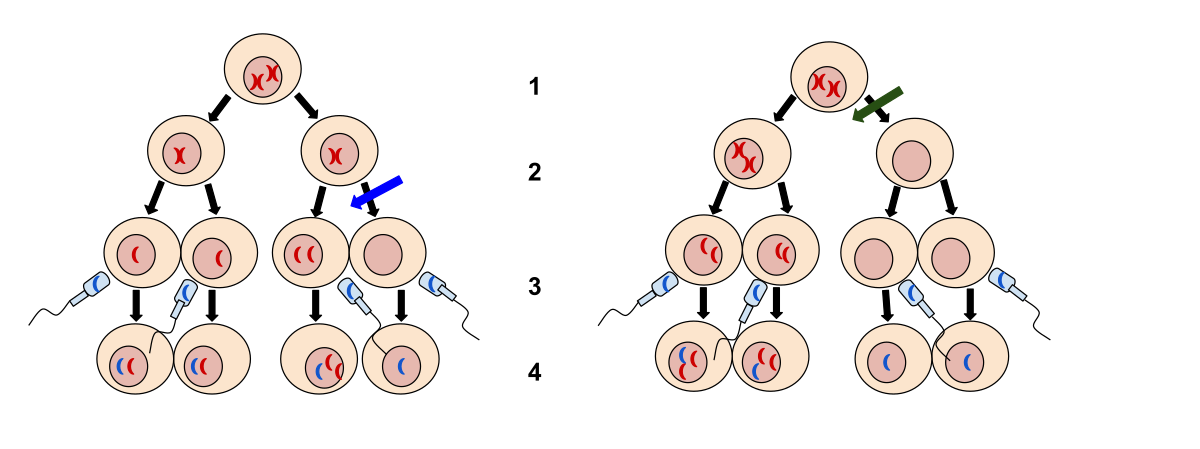





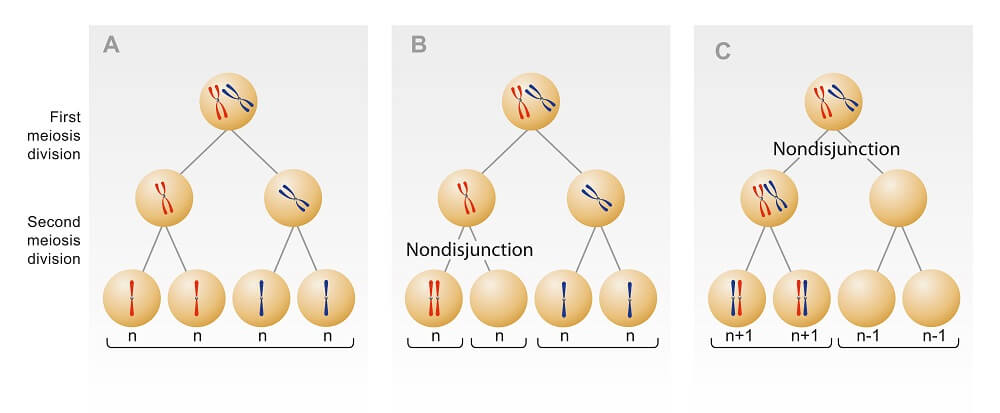



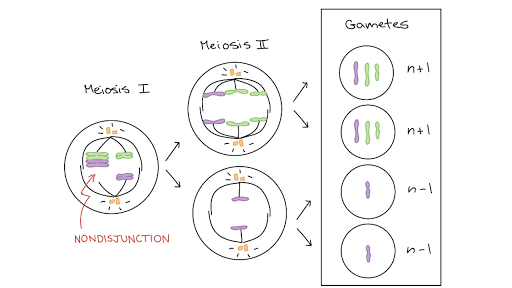
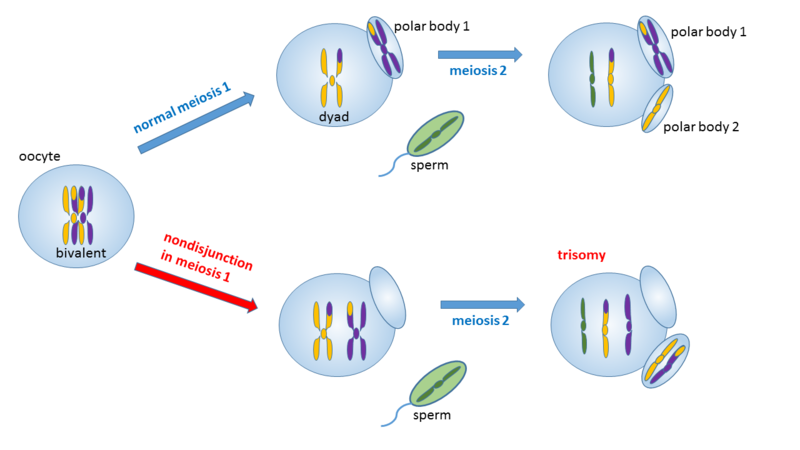

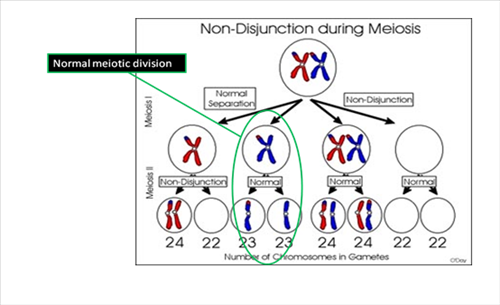


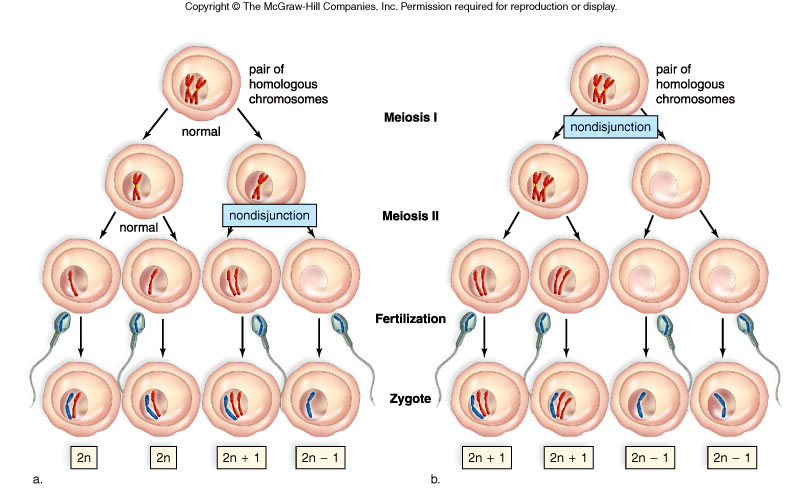

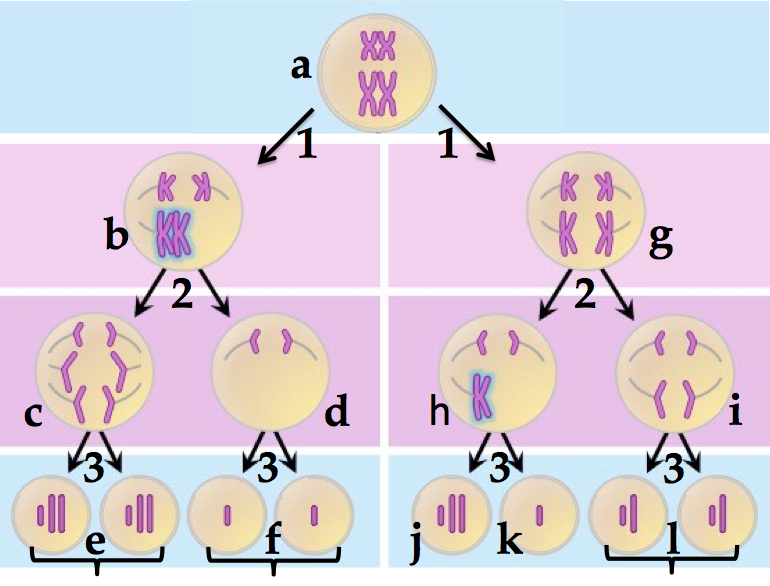
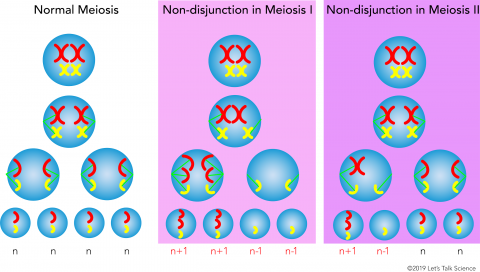

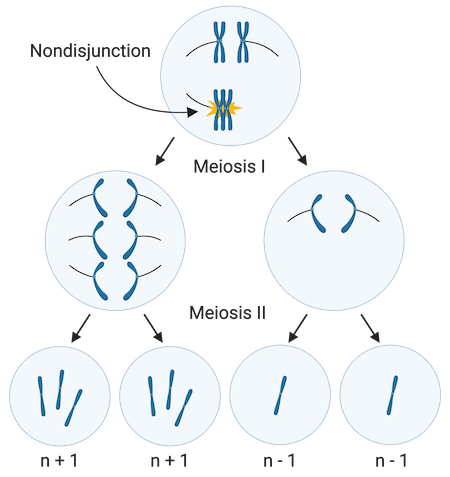
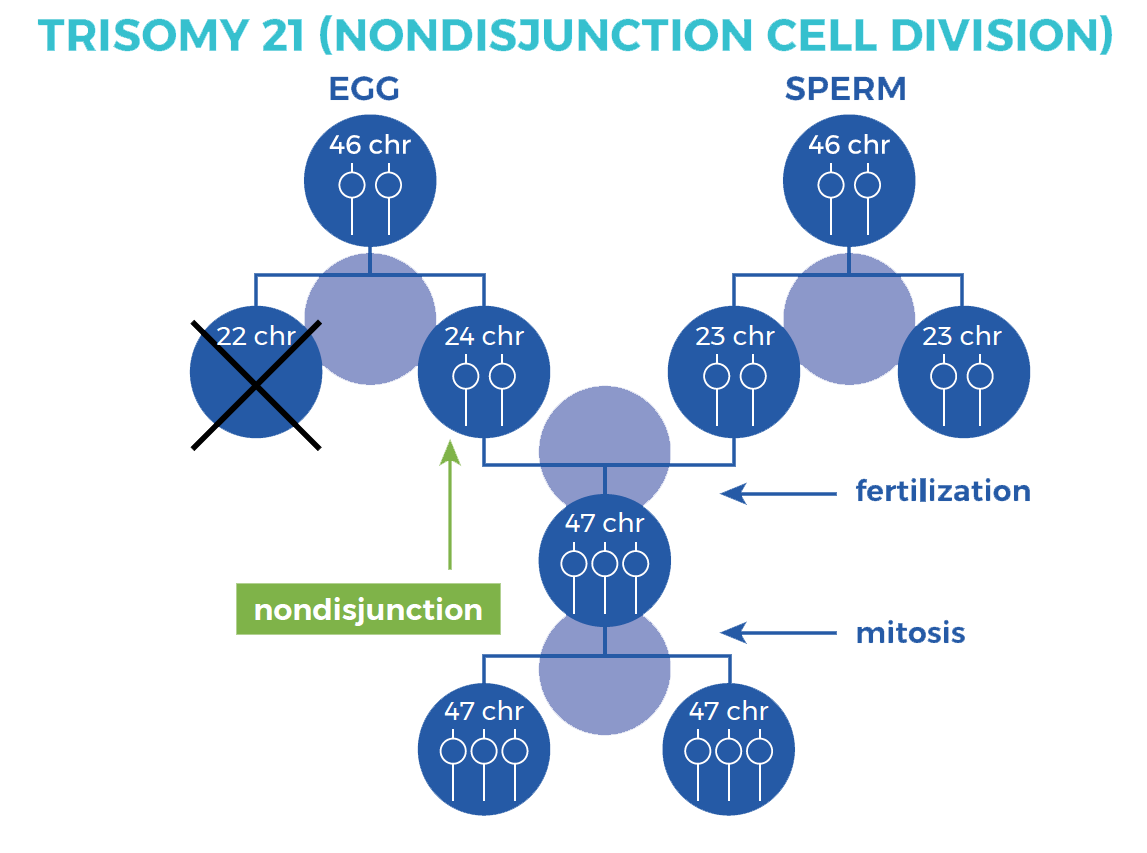

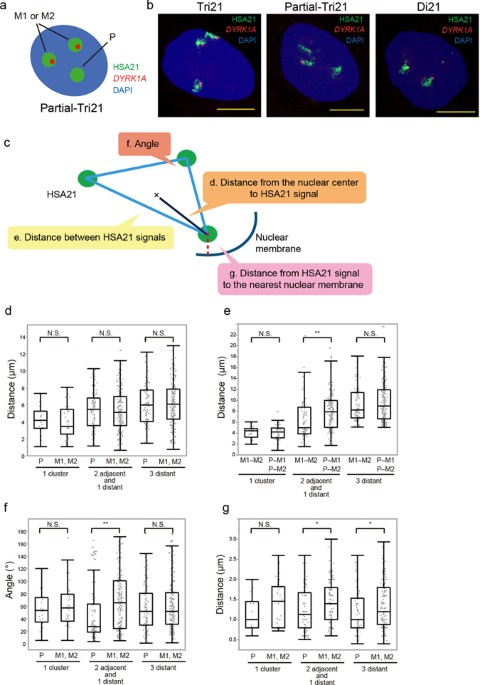

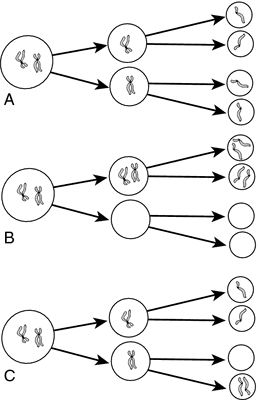
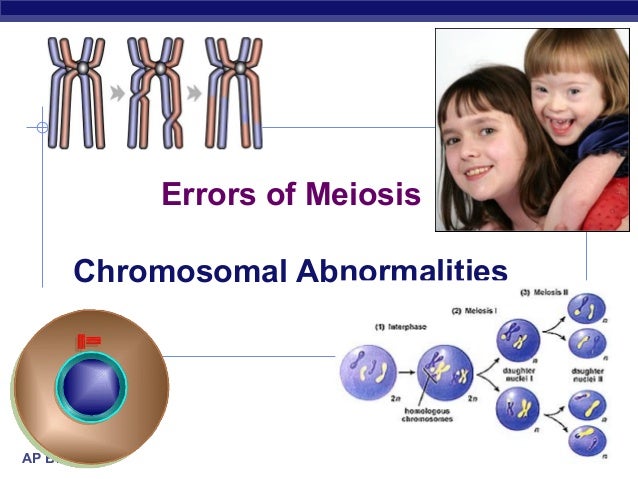
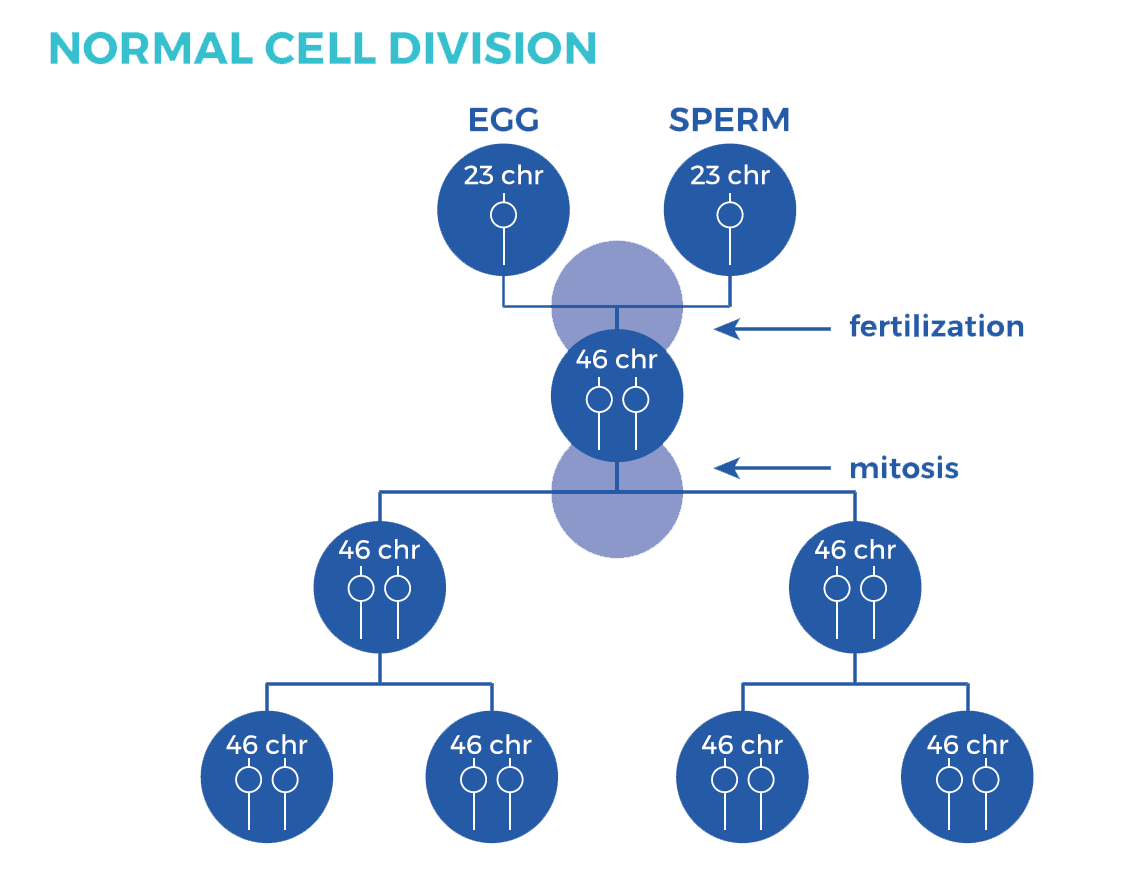
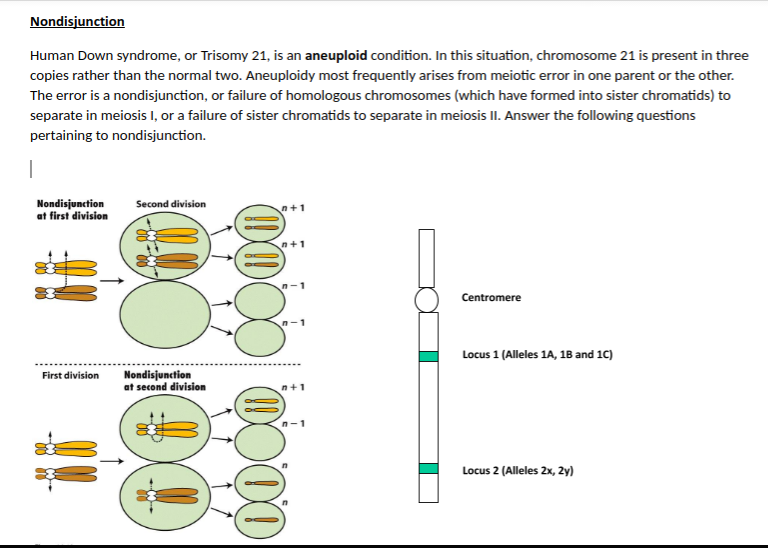
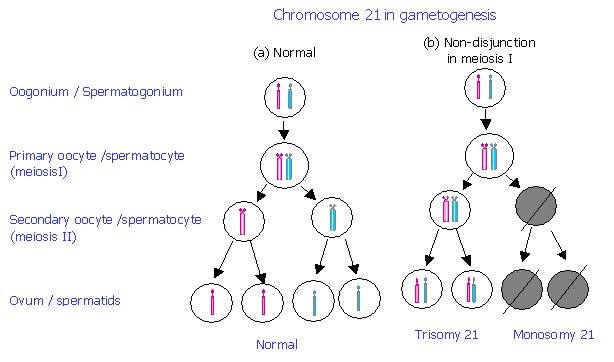
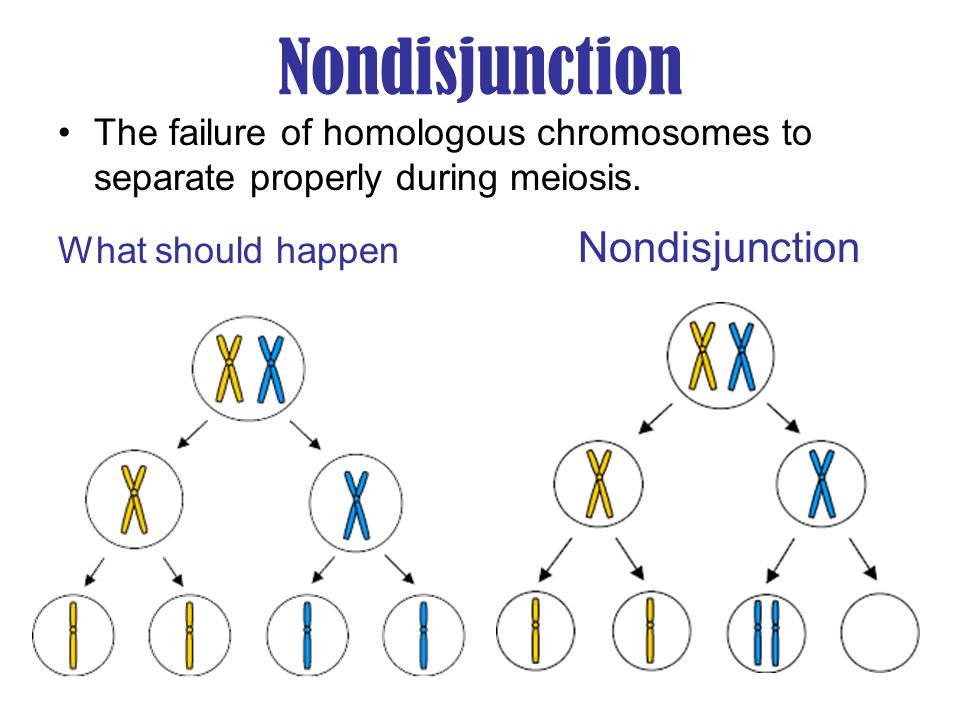
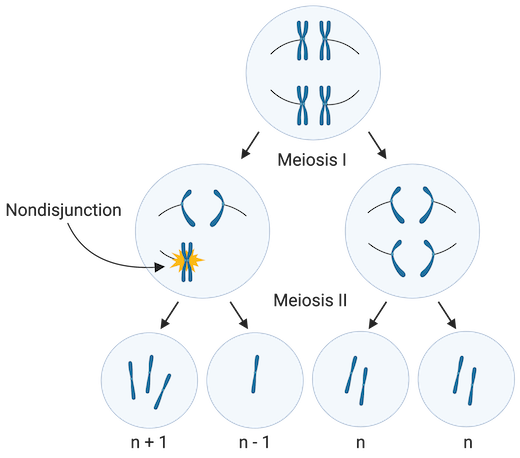




Posting Komentar untuk "Down Syndrome Nondisjunction Meiosis 1 Or 2"